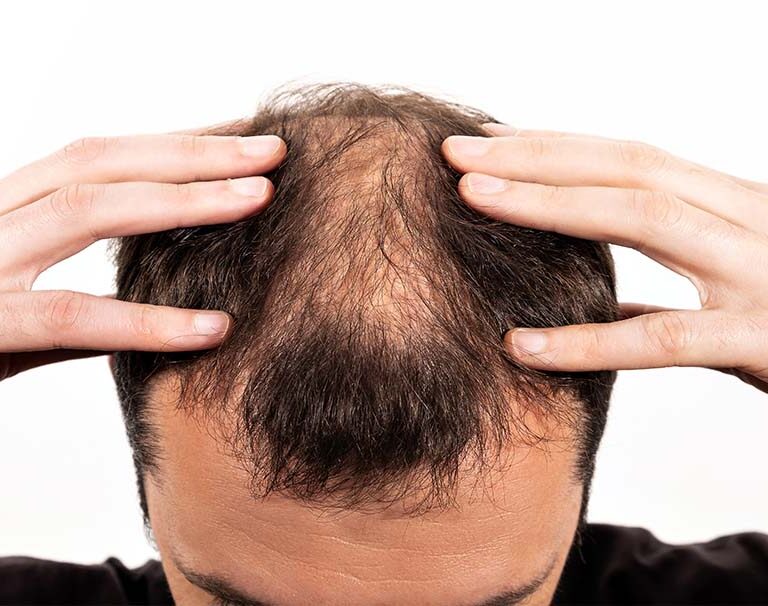ALOPECIA
HomeALOPECIA
ALOPECIA
Dermatology
Alopecia means hair loss, but it doesn’t specify the illness or diagnosis causing it. Conceptually, as long as the hair root is intact, the hair can grow back. If the illness destroys the hair root, it cannot grow back. In Alopecia areata, Tinea capitis and Telogen effluvium for example, you can lose a lot of hair, but the hair can grow back again. On the other hand, in Androgenetic Alopecia, Traction Alopecia, and Ciccatricial Alopecia due to Follicultis Decalvans, Lichen Planopilaris, or Lupus, the hair root is destroyed and replaced with scar tissue. Sometimes, only a biopsy can determine what type of illness is causing the hair loss, but often a dermatologist can make the diagnosis just by looking at the pattern of hair loss and the appearance of the skin of the scalp. Sometimes, a blood test is necessary, especially when hair isn’t growing because there is something missing to make it or some other illness is suppressing growth. Medications are a common cause of hairloss, but it’s not easy to determine the offending drug when a patient is on multiple medications.
The treatment of alopecia can be as easy as taking a supplement and as invasive as injecting a medication under the skin. It can be as paradoxical as causing an allergic reaction to reset the immune system and as creative as wearing a wig or getting a covering tattoo. Alopecia is a complex subject in dermatology and the only way to sort it out is in consultation with a dermatologist.

